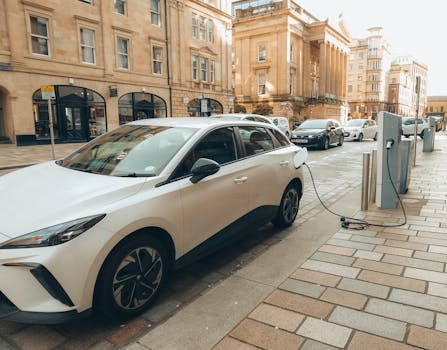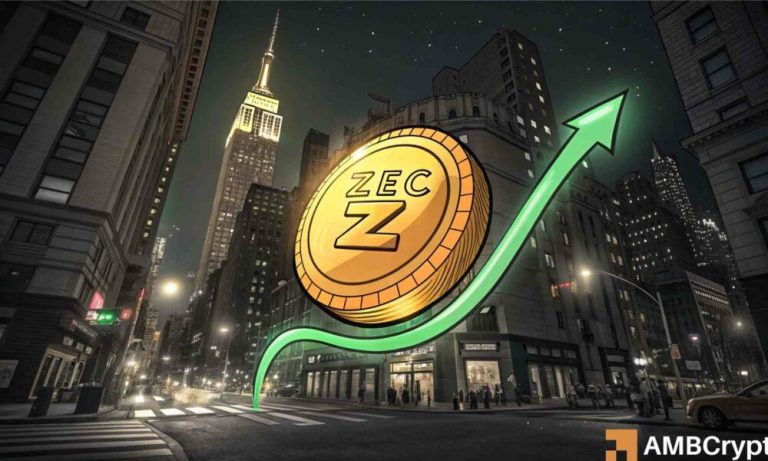
Smart Cities: Urban Trends for 2025
Smart Cities: Urban Trends for 2025 is the focus of this article, as we explore the latest developments and innovations transforming the urban landscape. The concept of smart cities has been gaining momentum in recent years, with cities around the world investing heavily in technologies and infrastructure to create more sustainable, efficient, and livable environments.
Introduction to Smart Cities
A smart city is a urban area that uses information and communication technologies (ICTs) to enhance the quality of life for its citizens, improve the efficiency of services, and reduce costs. The goal of a smart city is to create a more sustainable, resilient, and adaptable urban environment that can respond to the needs of its citizens and visitors. From smart energy management to intelligent transportation systems, smart cities are leveraging technology to create a better future for all.
Urban Trends for 2025
So, what are the key urban trends shaping the future of smart cities in 2025? Here are some of the most significant developments to watch:
- Sustainable Energy: Cities are shifting towards renewable energy sources, such as solar and wind power, to reduce their carbon footprint and dependence on fossil fuels.
- Intelligent Transportation Systems: Smart cities are investing in intelligent transportation systems, including autonomous vehicles, smart traffic management, and hyperloop systems, to reduce congestion and improve air quality.
- Smart Buildings and Infrastructure: Buildings and infrastructure are being designed with energy efficiency and sustainability in mind, using materials and technologies that minimize waste and reduce environmental impact.
- Data-Driven Decision Making: Cities are using data analytics and artificial intelligence to inform decision making, optimize services, and improve the overall quality of life for citizens.
- Citizen Engagement and Participation: Smart cities are encouraging citizen engagement and participation through digital platforms, crowdsourcing, and other initiatives, to ensure that the needs and concerns of citizens are heard and addressed.
Case Studies and Examples
Several cities around the world are already showcasing the potential of smart city technologies and innovations. For example:
- Singapore: Singapore has implemented a range of smart city initiatives, including a smart transportation system, a national digital identity system, and a smart energy grid.
- Barcelona: Barcelona has launched a number of smart city projects, including a superblock program to reduce traffic congestion, a smart lighting system, and a digital participation platform for citizens.
- Copenhagen: Copenhagen has set a goal to become carbon neutral by 2025 and is implementing a range of smart city initiatives, including a smart energy grid, a bike-sharing system, and a green roof initiative.
Conclusion
In conclusion, smart cities are the future of urban development, and the trends shaping this future are exciting and innovative. From sustainable energy to intelligent transportation systems, smart cities are leveraging technology to create a better future for all. As we look to 2025 and beyond, it will be interesting to see how these trends continue to evolve and shape the urban landscape.




